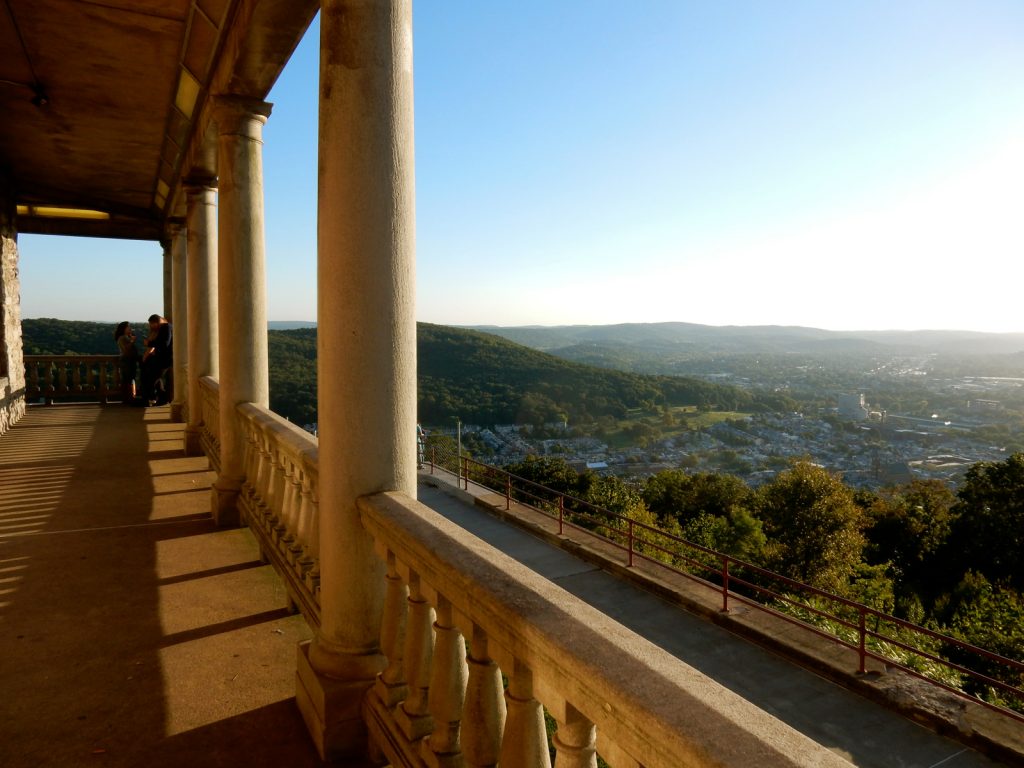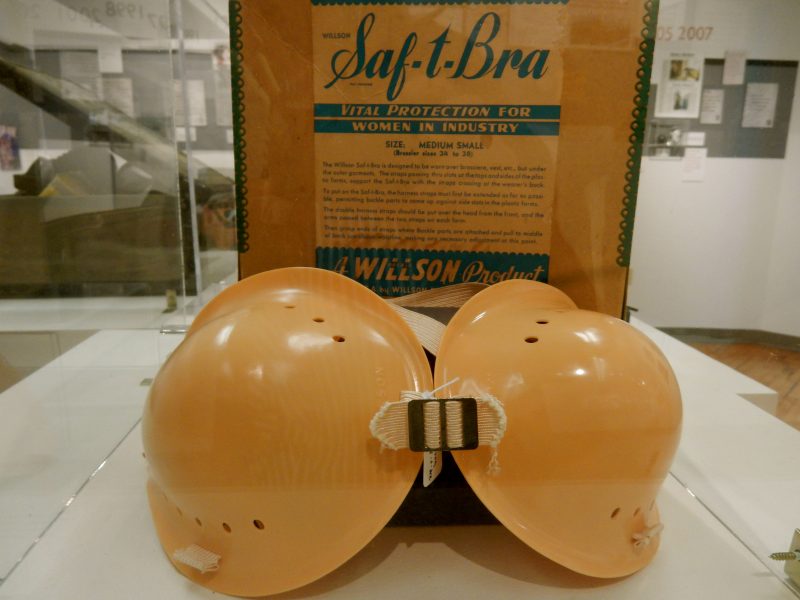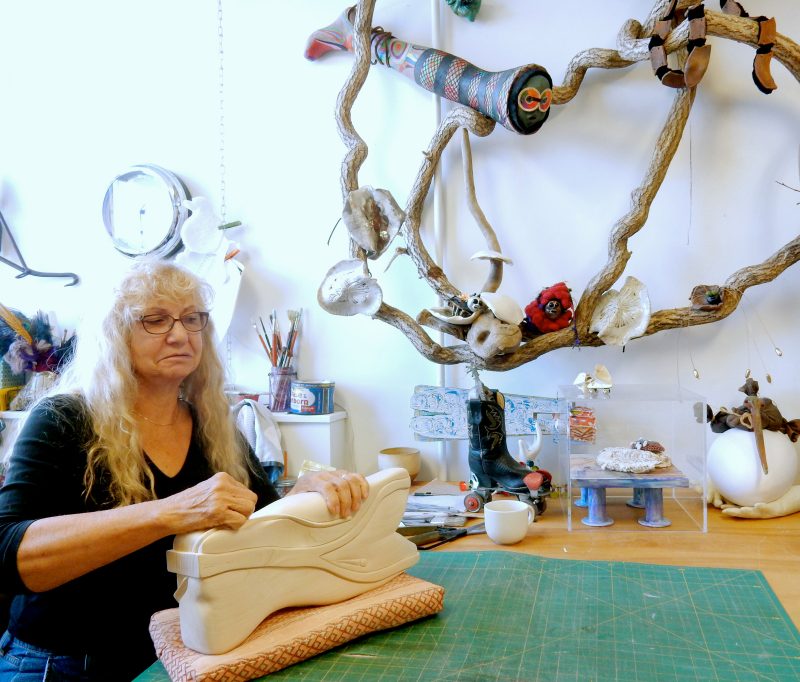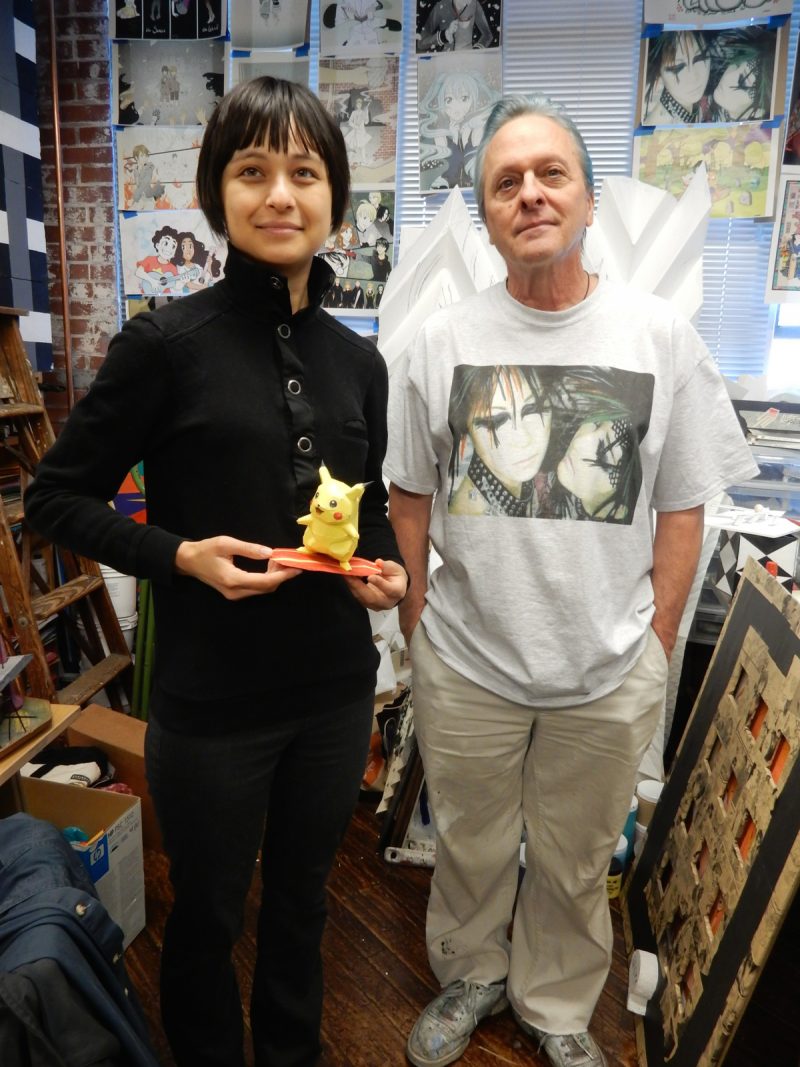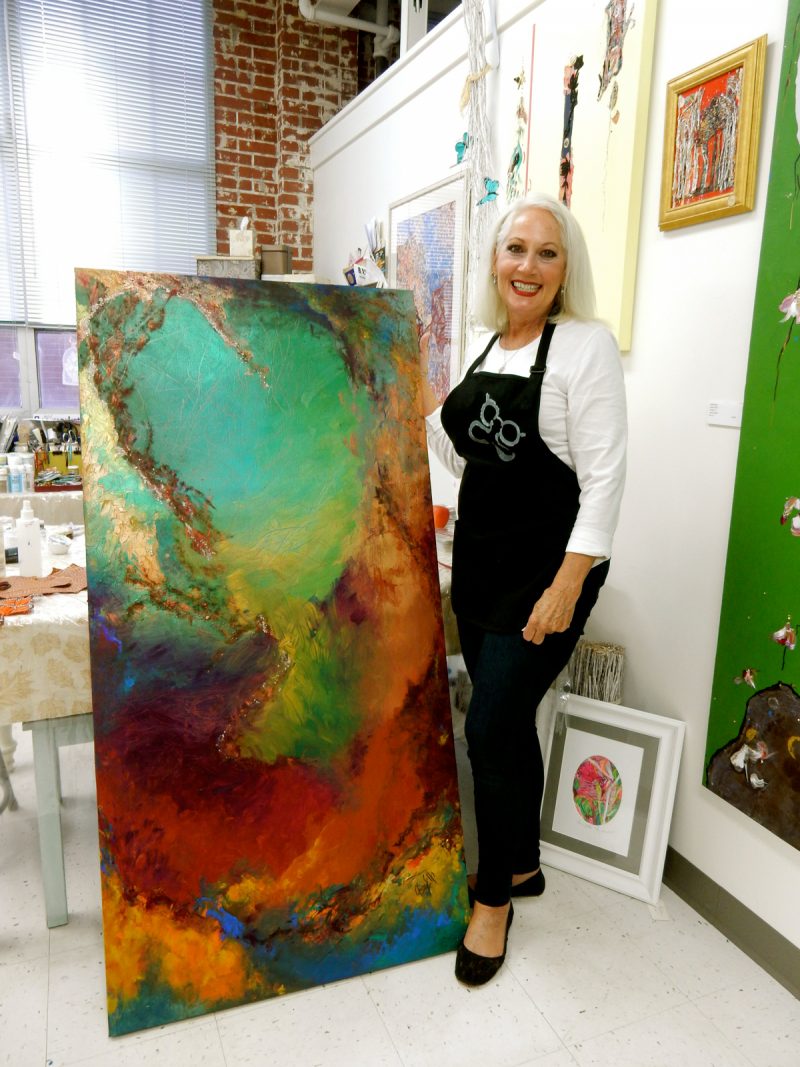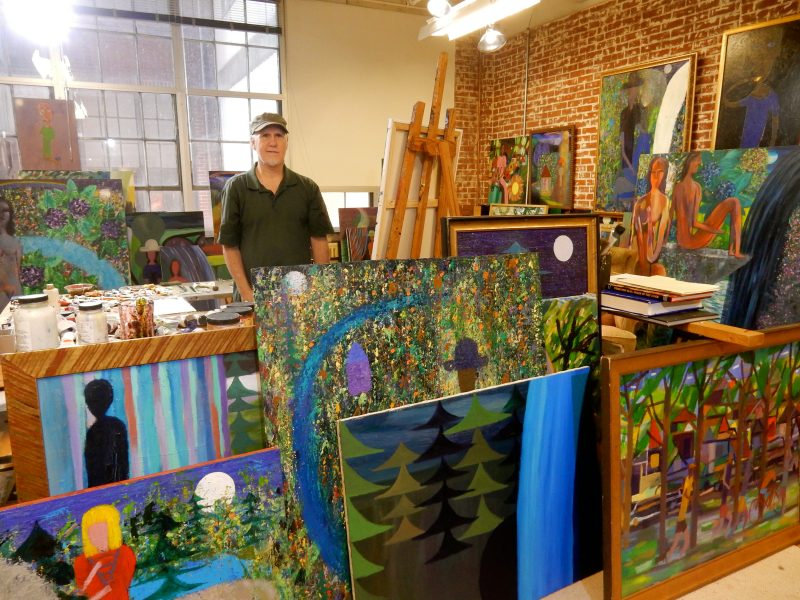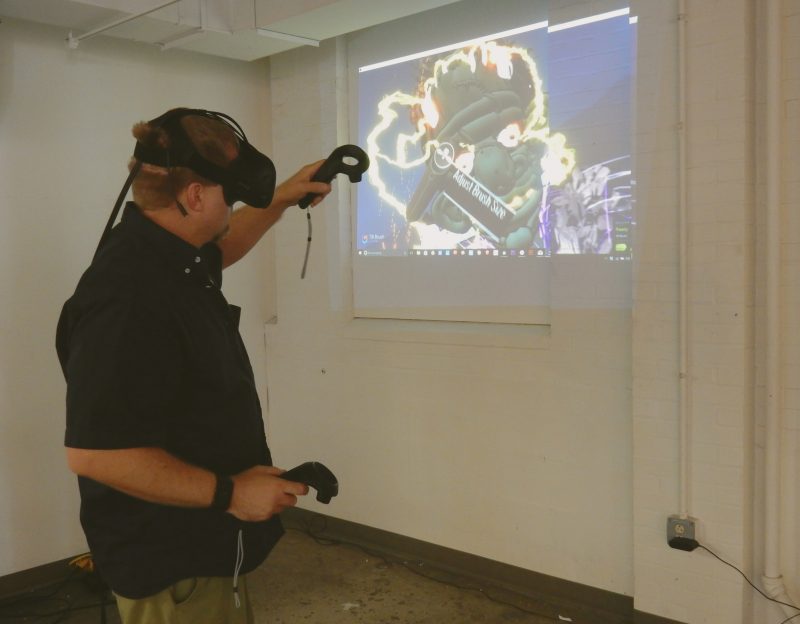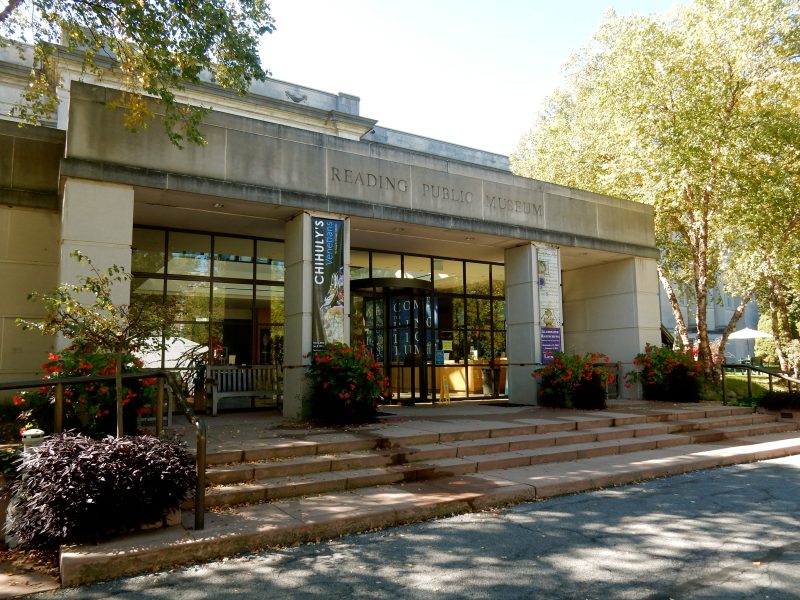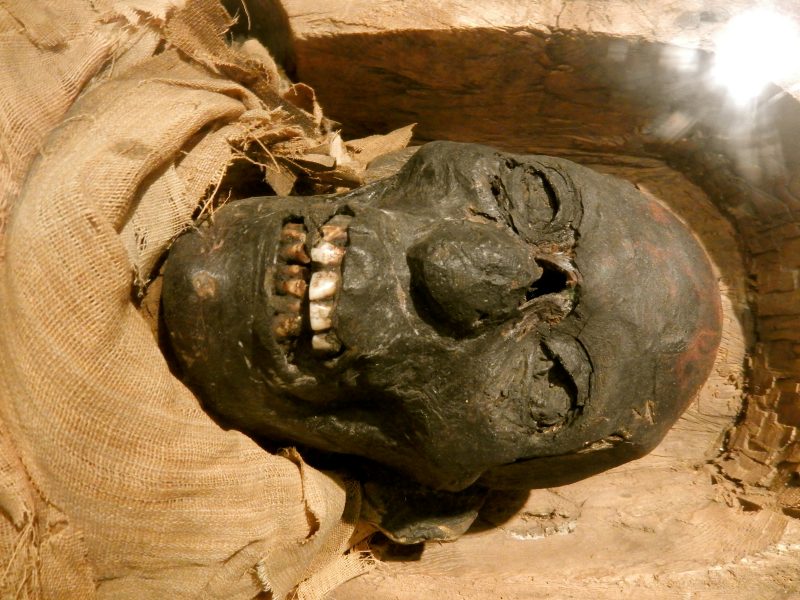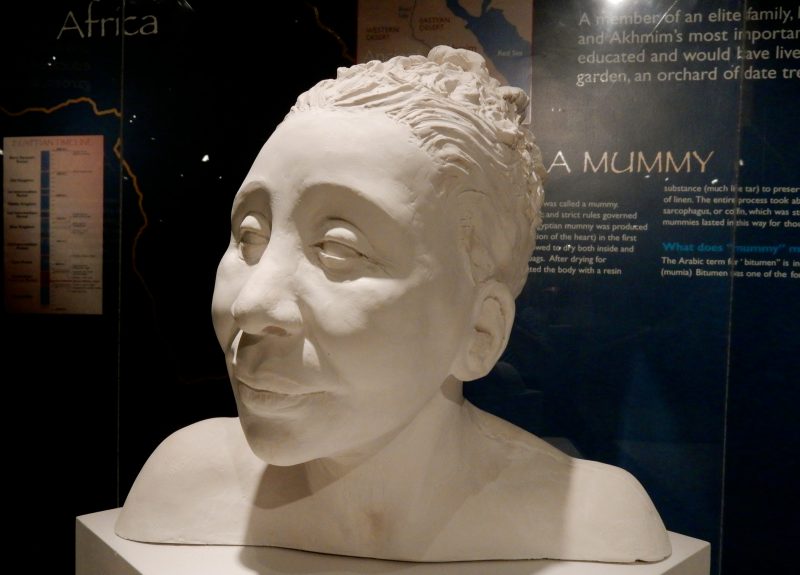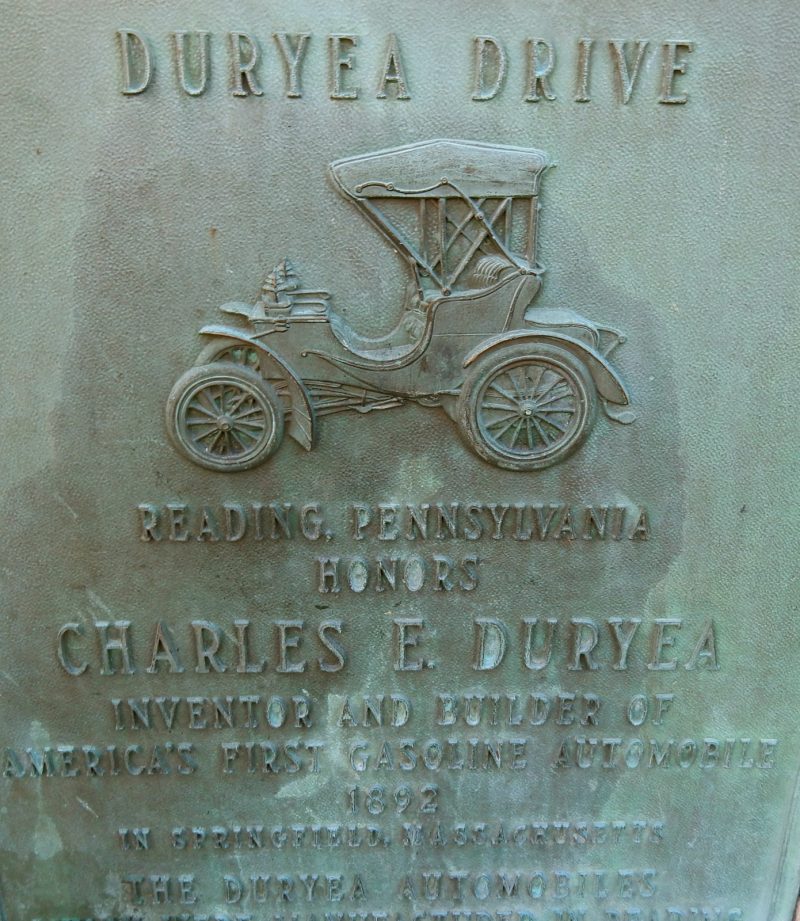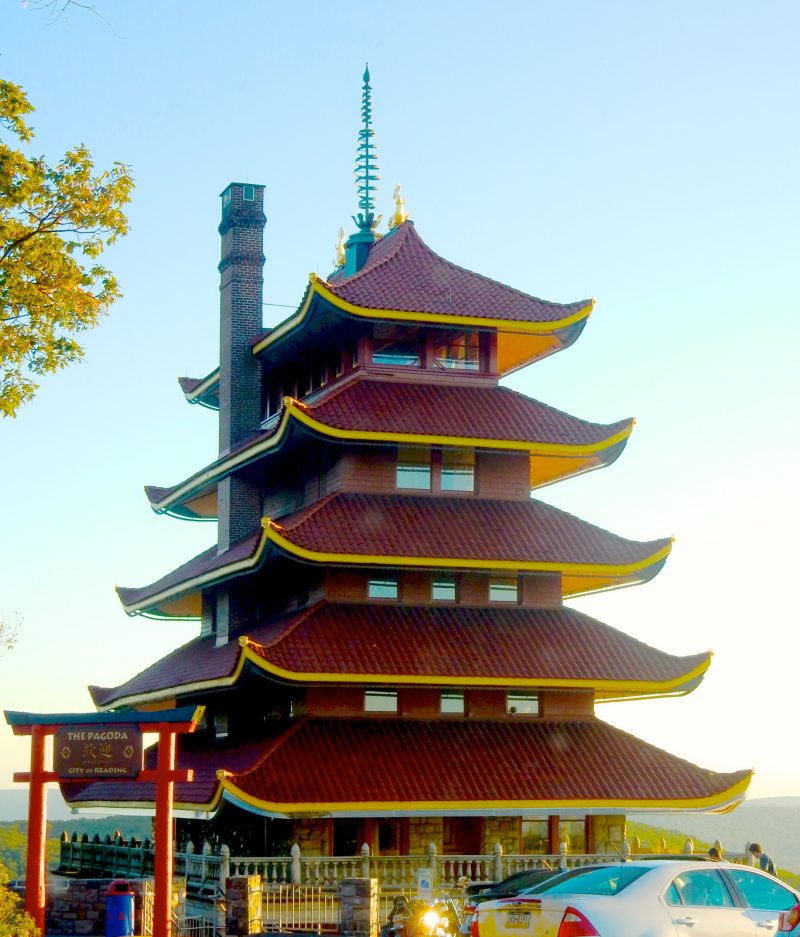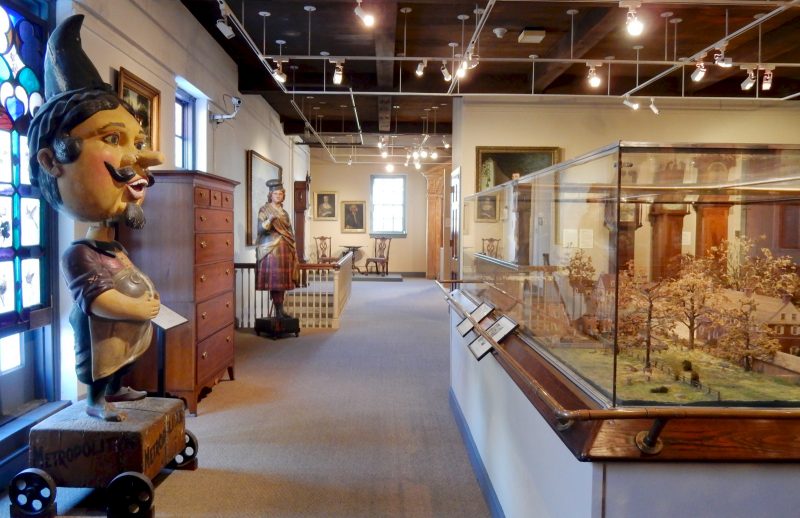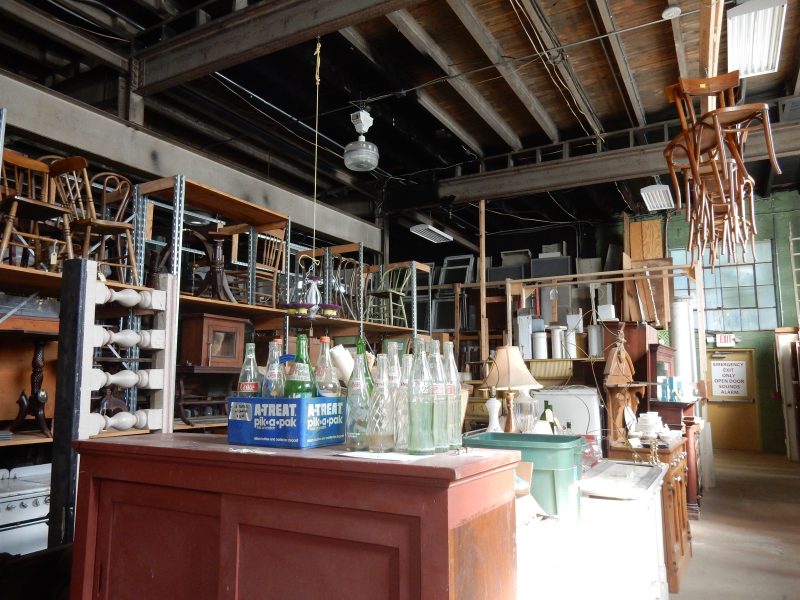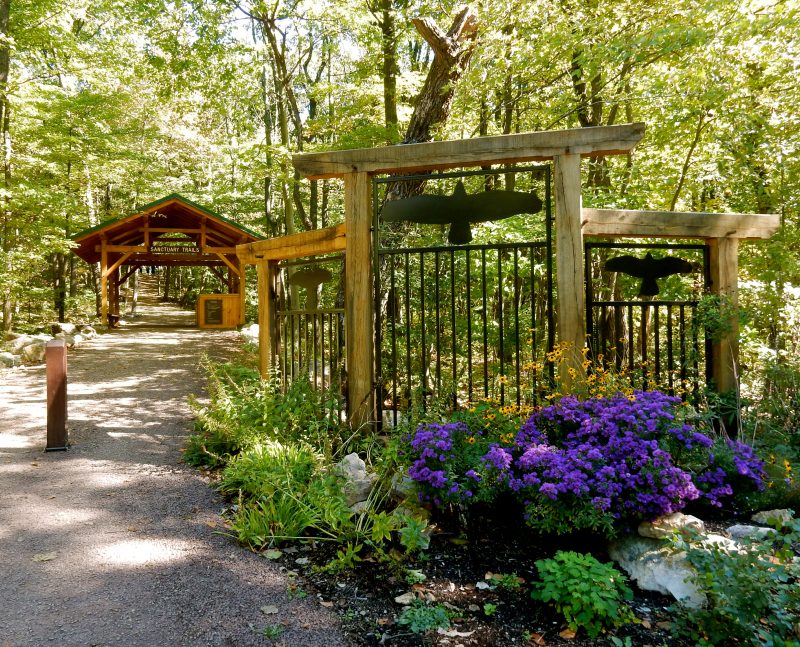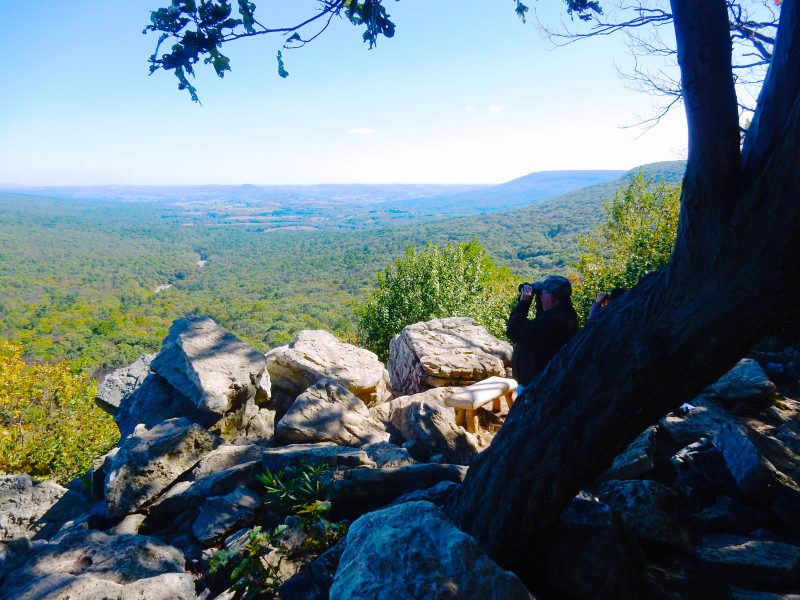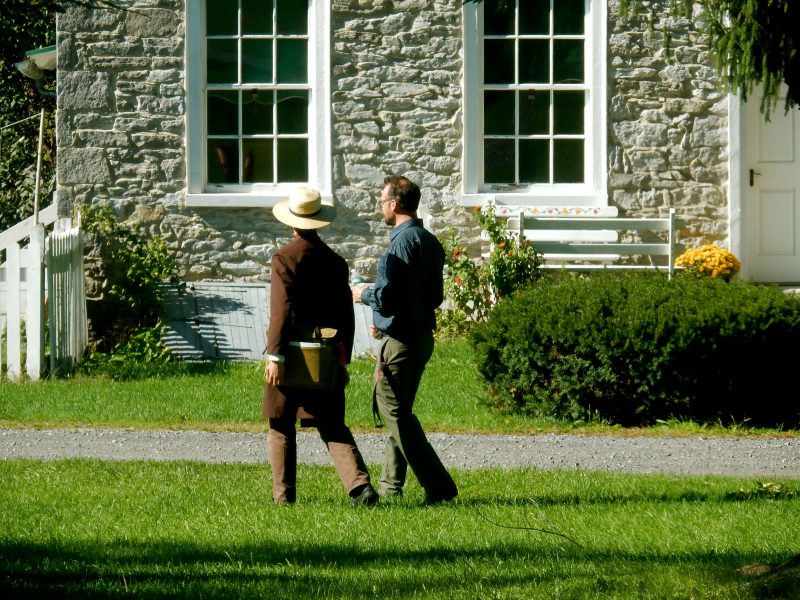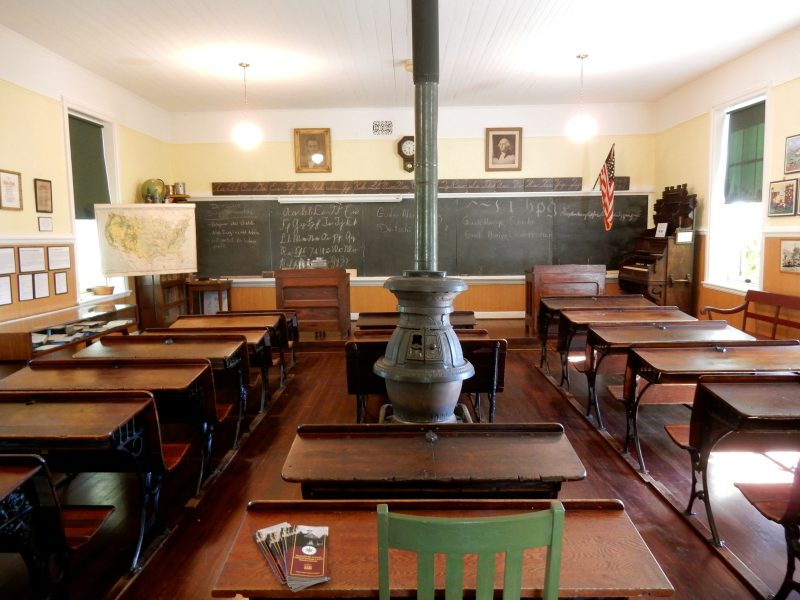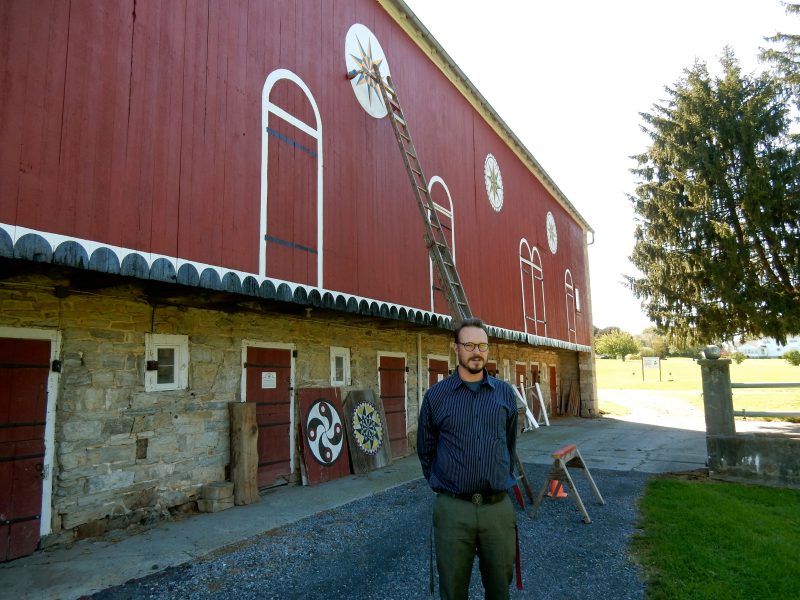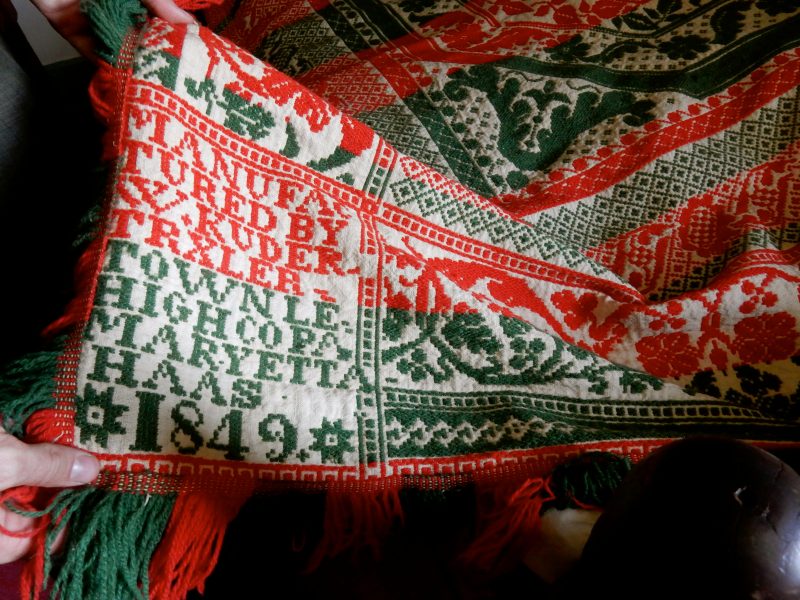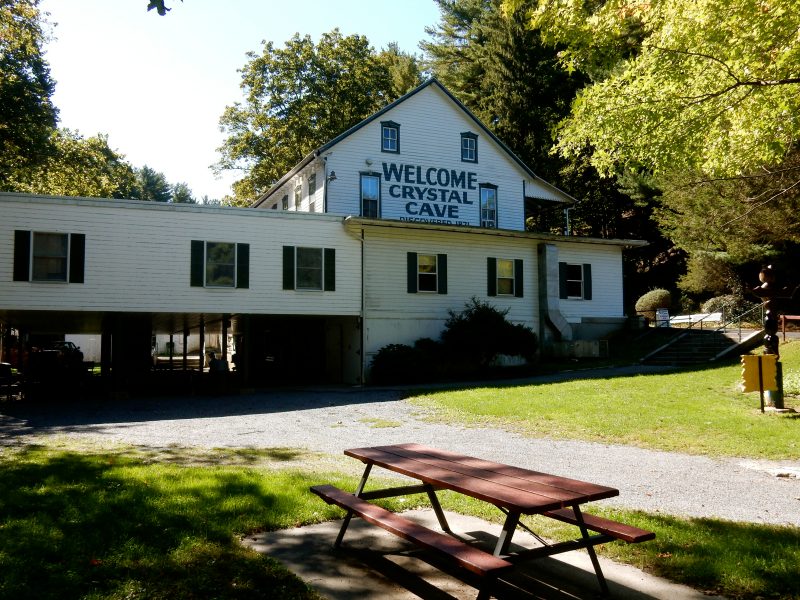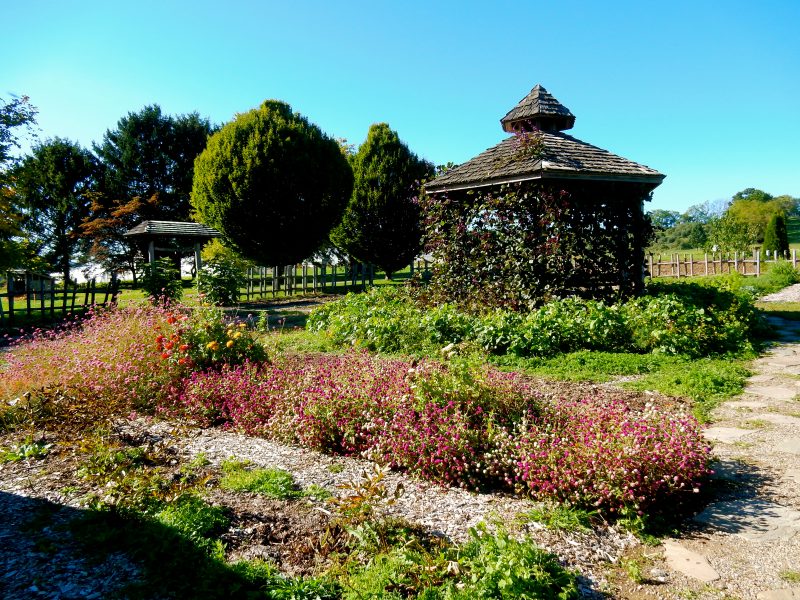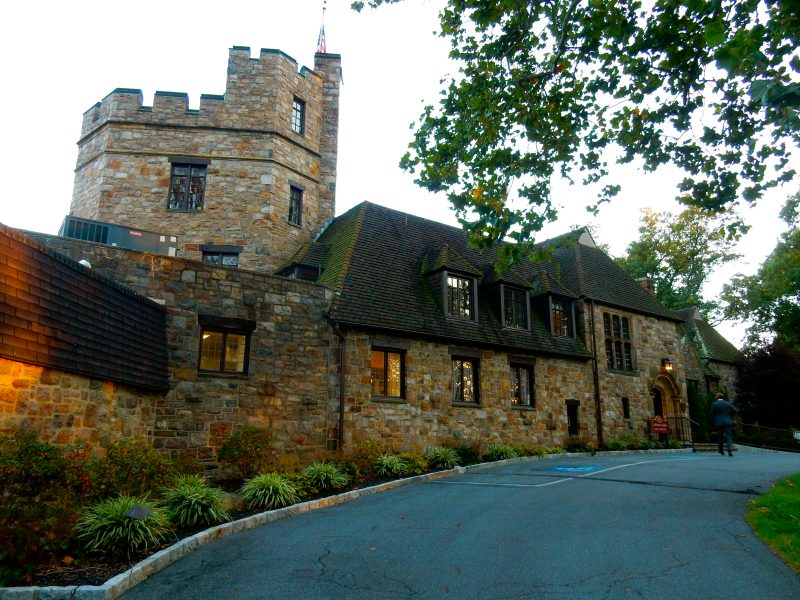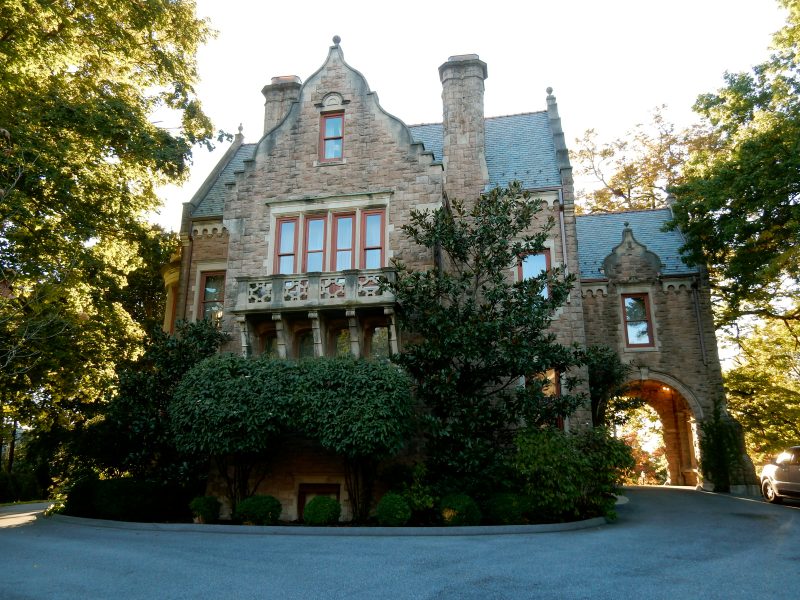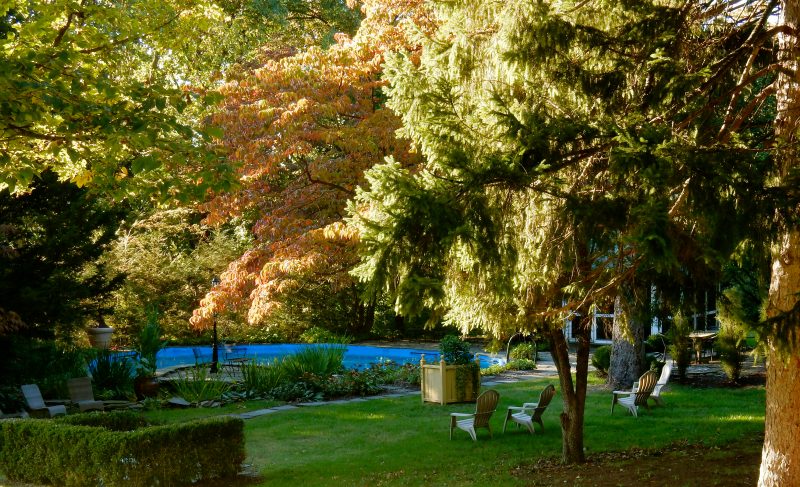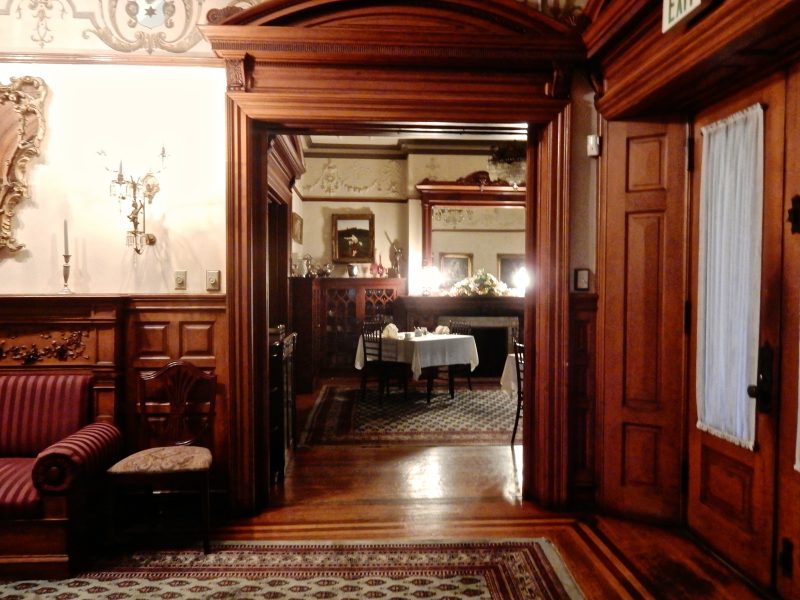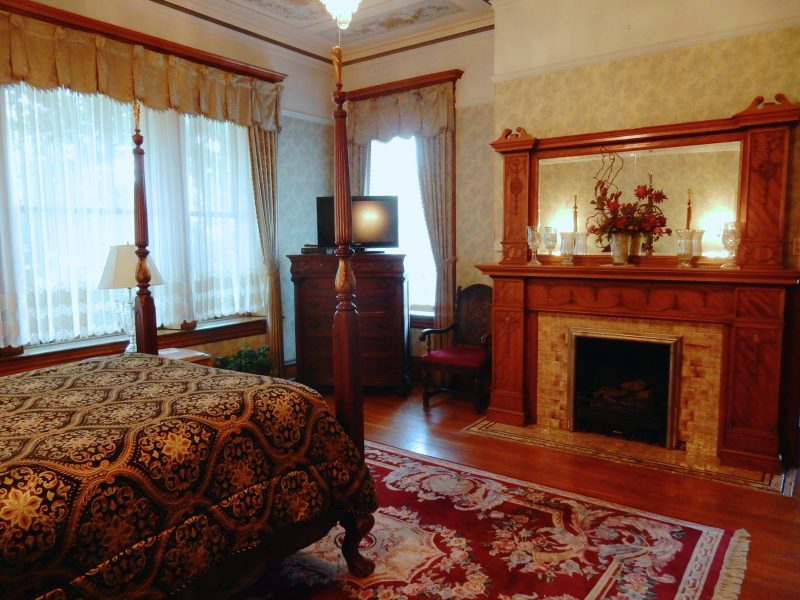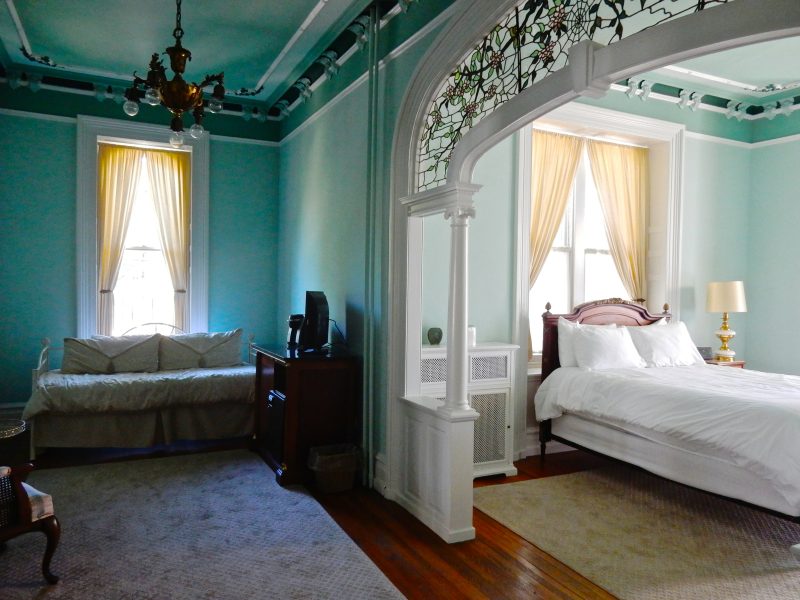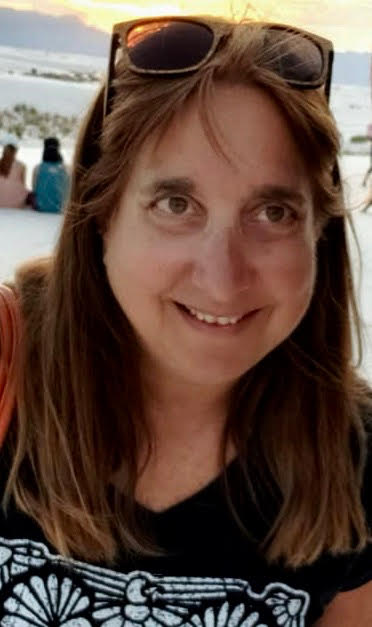Discover the best things to do in Reading PA. From history to cuisine, explore a diverse range of attractions in this vibrant city.
If you’ve ever played Monopoly, you’ll recognize Reading PA as one of the board game’s four Railroads. Or, if you follow such things, as the birthplace of pop icon, Taylor Swift.
But this former iron and industrial city was also familiar to bargain shoppers as an Outlet Center long before outlets were “premium.” The outlets (and most industries) may have left the area. But this original PA Dutch settlement encompassing Reading and the surrounding Berks County towns of Kutztown, Boyertown, and others, are back in vogue in some significant ways.
Berks County’s safe, clean, well-marked mountain biking trails have earned International Mountain Bicycling Association’s Ride Center status. And Reading Liederkranz hosts one of the Top 10 Okoberfests in the nation, according to USA Today.
For sure, Reading is a town in transition. But despite some iffy areas, it’s worth checking out. Though some parts of town are still run down, others, like the Centre Park Historic District – comprised of mansions to row homes and a pretty park – have been well maintained by long-term residents with great pride in their city.
It is this pride that permeates throughout Reading and influences the many old and new institutions and community organizations. This Getaway brings you to one of the best hawk viewing areas in the country, artists’ studios carved from a former goggle factory, a stately museum set within an arboretum, a PA Dutch Cultural Center, and much more. All of course, while staying in Victorian-age glamour. And dining in the county’s best and most iconic restaurants.
Find even more weekend getaway ideas in our bucket list of romantic getaways in Northeast USA.
Things To Do in Reading and Greater Berks County PA
EXPERIENCE: Goggle Works Center for the Arts
Not to be confused with “Google Works” (it happens all the time), this arts facility was once Willson’s Goggle Factory. It now houses dance companies, an indie movie theater, jewelry-making, glassblowing, and ceramic classrooms.
Plus, there’s a slew of artist’s studios where you can meet those who paint, sculpt, photograph, and work in textiles, and then purchase directly from the artist his or herself.
Begin on the 3rd floor where there’s a small exhibit about the history of the factory. In 1871, Willson was the first company in the United States to manufacture optical reading lenses. It then transitioned into protective goggles that would fit over spectacles for industrial and military use.
Take a gander at the baffling 1940s Willson Saf-T-Bra, built from what appears to be two small hard hats coupled together; presumably for Rosie the Riveter workers.
Willson’s Goggle Factory closed in 1984. It was revitalized as this arts complex in 2005, and aside from classrooms and Arts Partners, is home to 40 juried emerging and established artists. These include,
The Tim Burtonesque mixed-media works of Birdie Zoltan.
The father-daughter Digital Arts duo, Lily and Alan Cernak.
Elaine Soltis’s body-mind-spirit pieces, here working on “From Where Angels Fall.”
Chris Callahan’s abstract figurative primitive “outsider art.”
Virtual Reality artist, Kris Jackson, here using Tilt Brush by Google. Goggle Works runs programs, movies, workshops and interactive experiences throughout the year. It is one very cool, ca n’t-miss place.
VISIT: Reading Public Museum
Like all grand “park” museums – this one within a spectacular 25-acre Arboretum – Reading Public has a smattering of everything from ancient artifacts to modern art.
Far from a stuffy, adult-only place, you’ll hear peels of laughter from kids encouraged to “Please Touch” in Discovery Stations scattered throughout the two massive floors.
Lovers of the bizarre, however, will make a beeline to the diminutive Jivaro Ceremonial Shrunken Head from pre-Columbian Peru and the two-millennia-old unwrapped mummy, Nefrina, who, through recent CAT scans, was found to have wooden ears and had suffered a broken hip.
Even more thrilling is a sculptural depiction of what Nefrina would have looked like when alive. She was a strikingly regal Nubian woman.
DRIVE: Duryea Drive
Ride your bike or drive the tree-canopied switchbacks up to the Pagoda atop Mt. Penn. This glorious roadway is closed to traffic twice a year for the Sports Car Hillclimb Race.
PHOTO OP: Reading Pagoda
This anachronistic 7-story high red pagoda at the top of Mt. Penn, anchored to the mountainside with 16 tons of bolts, was built in 1906 as a luxury resort. The builder, however, failed to secure a liquor license and went bankrupt.
In 1911, the Pagoda was sold to the city of Reading for $1. It purportedly operated as a “Men’s Club” until 1992, when it was restored and repurposed as a beacon for visitors and locals as well. Now, it’s a top spot from which to view the city below. And the best place in town to watch the sunset.
VISIT: Berks History Center
Established in 1869, the Berk’s County Historical Society was one of the country’s oldest, and its galleries hold some amusing artifacts.
In the 1700’s, Berk’s County was a center of the iron industry. Reading’s iron foundries manufactured cannonballs used by American troops during the Revolutionary War.
German language publishing houses were also prominent. The museum is replete with objects from PA Dutch families as well as other local relics in its eight galleries. Look for the PA Long Rifle, first developed in Berks County, its handle decorated with scrolled metal.
Upstairs, you’ll find quite a collection of rare Reading-made grandfather clocks, a scale model of 1800’s Reading completed in 1940, and unique German-carved Cigar Store figures: Pompey – PA’s first portly life-sized bobblehead, and a rare Scottish woman.
SHOP: Artifacts Bank, Centre Park Historic District’s home office
Like most salvage shops, this one offers a range of items from parts of demolished or renovated homes and buildings: doors, doorknobs, stained glass, hardware, fencing, furniture, stairways, and even kitchen sinks.
Unlike most salvage shops, this is a non-profit, benefiting the Centre Park Historic District. This organization promotes architectural preservation and enhances neighborhood living through community outreach and opportunities.
HIKE/BIRD WATCH: Hawk Mountain Sanctuary – Kempton PA
Visit the World’s First Hawk Refuge and you are almost guaranteed to spot hawks, eagles and falcons catching the thermals, soaring above, or landing in trees. “Nature’s Greatest Air Show.”
In the 1930s, this ridge on the front range of the Appalachian Mountains was a popular bird-hunting site, with countless raptors killed yearly.
Conservationist Rosalie Edge hoped to end the mass killing of these birds of prey. She purchased the property atop Kittatinny Ridge in 1934, kicked the hunters off, and allowed her beloved birds to flourish.
Hawk Mountain has since become an education and research center in addition to being a gorgeous place to hike. Drawing nature lovers of all ages from all over the world, you’ll find kids to seniors with walking sticks, cameras, and binoculars hiking ten minutes to the South Trail near the Visitor’s Center/Museum. And then the mile (each way) up to the Lookout Trail with stunning 360-degree views of the valley and landscape below.
You can purchase trail access stickers and find trail maps demarcating 8 miles of trails – the longest being the four-mile River of Rocks Trail – at the Visitor’s Center. For the handicapped, there’s a new ADA Accessible Silhouette Trail, created in 2015. Bird sightings are recorded on count boards situated at the base of the trail.
TOUR: Pennsylvania German Cultural Heritage Center – Kutztown PA
Pop quiz. How many of you think that the PA Dutch, another name for PA German, and Amish are interchangeable terms? If so, you might be surprised to find that though the Amish are PA Dutch, they and the Mennonites collectively represent only 5% of the PA Dutch community.
You’ll discover this and other myth-busters on a scholarly but highly entertaining tour of this folk-life center that preserves and promotes the PA Dutch culture and traditions.
Visit a one-room schoolhouse, a typical German Bank Barn, and a farmhouse – all on a section of the Kutztown University campus. Tours are conducted by Pennsylvania Dutchman and historian, Patrick Donmoyer.
Starting in the early 1700’s, before Germany was a nation, these persecuted Christians escaped to the New World and settled in Pennsylvania. Called PA Deutsch (later changed to Dutch), the community grew to 81,000 by the American Revolutionary War. The PA Dutch spoke a certain dialect of German – similar to Yiddish (with which it has much in common).
One Room Schoolhouse
You’ll learn about rural education at the Freyberger One Room schoolhouse – the first stop on the tour. During the American Revolution, the dominant language in Berks County was German.
Of course, this busts the myth that the earliest American language was strictly English. (In fact, students learned Lenape – the local Native American tribe’s language – as their second language).
It wasn’t until 1900 that the curriculum here changed to English. Even now, the Mennonites who live here speak PA Dutch at home and English at school.
Hex Sign Myth, Busted
The second stop is at an 1855 barn, one of the finest examples of a decorated barn in PA. It’s festooned with regional symbols distinctive to Berks County – the 8-pointed star in particular.
But, here’s another myth, busted. Hex Signs were an invention of the tourist industry to sell decorative plaques as souvenirs. In the 1940s, travel writer, Wallace Nutting, spotted star art on many PA Dutch barns, and somehow, through a conversation with a German-speaking farmer, confused “Barn Art” or “Barn Stars” with “Witch Hex.”
The Berks County PA Dutch, at least, were not superstitious in this way. Their barn decorations painted right on the side of the barn were merely that: Pretty barn art and not hexes at all. (Though the PA Dutch have over the years incorporated Hex Signs into their culture due to all the interest).
1810 PA Dutch at Home
You’ll finish the tour in the 1810 farmhouse – furnished as it would have appeared in the post-Civil War era. It showcases the common, everyday story of the local PA Dutch.
Several ornamental Birth Certificates, both in German and English, line the walls of a modest parlor. The large travel trunk – arched on top to minimize stacking damage in transit – allowed immigrants to get to their clothes easily while sailing to the New World.
And though later, the PA Dutch would be known for their quilts, their first textiles were intricately woven on computer-complex Jacquard Looms. You’ll see a fine example on a bed upstairs. Before leaving, stop into the Genealogy and Berks County history library next to the Visitor’s Center. If you have German ancestry, you just might have a PA-Dutch connection.
TOUR: Crystal Cave – Kutztown PA
Don’t overlook Berks County’s most popular attraction – a “fairyland of geology” with “thousands of sparkling calcite and aragonite crystals of various shades and colors.” Discovered in 1871, it’s amazing to see what water seepage can fashion throughout Crystal Cave’s underground rooms and nooks.
TOUR: Rodale Institute – Kutztown PA
Rodale was one of the first pioneers of the Organic Farm movement in 1947 when J.I. Rodale began to study the link between healthy soil, healthy food, and healthy people.
The Institute continues to be a research, education, and outreach resource for farmers, proving that organic farming systems are more profitable than conventional ones (through side-by-side comparisons).
Non-farmers can take a walking tour of its 333 acres – just pick up a map in the main office. You can also shop at the farm store and pick apples in season. You’ll most likely want to loiter around the Hog Facility where momma pigs and just-born piglets have 24/7 access to pasture land.
Those interested in growing things will want to spend more time at the Demonstration Garden. It’s composed of various sections, including a medicinal herb garden, a cutting garden, raised beds, a pollinator garden, and unique geodesic greenhouses. Don’t leave without saying “hi” to resident Heritage Breed Oxen, Louis & Clark, the “biggest teddy bears. And great lawnmowers.”
Reading PA Restaurants
EAT: Judy’s On Cherry
Judy’s is situated in a former indoor Market turned brewery, now a funky brick-walled, art-filled Contemporary Mediterranean restaurant. It’s been touted as Reading’s best restaurant for good reason.
I’d put Chef Judy Henry’s perfectly seared Browned Brussels Sprouts With Truffle Crème up against those of any other restaurant. Her Fried Golden Tomatoes are a toothsome combo of crunch, sweet, and warm tomato meat. Combined with the Cowboy Ciao Salad – an amalgam of smoked salmon, tomatoes, couscous, and roasted corn – it makes for an ideal light meal.
 EAT: Stokesay Castle
EAT: Stokesay Castle
George Hiester built Stokesay Castle, inspired by a 13th-century castle in England of the same name, as a wedding gift for his bride in 1931.
The only problem was, that his new wife hated it, and swore never to live here. So George used the fortress as a hunting lodge until 1956. Turned into a restaurant in 1970, the Castle was forced to close in 2007. That’s when new owner Jack Gulati sunk $3.5 million into renovations, reopening the estate as a pub, fine restaurant, and wedding venue in 2009.
In 2012, the outdoor patio was enclosed and became the very contemporary, window-walled Knight’s Pub. It’s a beautiful, airy space in which to imbibe craft cocktails and “Round the World” comfort food, in addition to typical pub sandwiches and burgers. Decent dishes, from roast beef sandwiches to Wild Boar, Wild Mushroom Couscous, and more, go down easy with the wonderful ambiance.
Reading PA Hotels
STAY: The Gables at Stirling Guest Hotel
The Gables at Stirling Guest Hotel, on a hill in Reading PA, was built in 1890 for iron industrialist and engineer, James Hervey Sternbergh. Sternbergh designed and patented machinery in the manufacture of nuts and bolts and named his baronial home after a castle in Scotland. It’s now the most regal place to stay in Reading PA.
Sternbergh had eleven children with two wives. One, his daughter Gertrude, lived here for 97 years, from 1899 to 1996. Gertrude would often open her home to guests for grand concerts and wished for it to be an integral part of the community.
So, according to her wishes, it was turned into a 15-room inn and wedding venue in 1998. It’s currently owned by local, T.J Sophy (who has been mesmerized by the place since he was a kid) and Peter Sutliff. With brief appearances by two adorable and quiet mini Greyhounds.
First Impressions of Stirling Guest Hotel
Drive thru the stonewall gate off a busy road to encounter the opulence of the gilded age. Not only is the Chateau-styled mansion a glorious site, but the five acres of surrounding land, especially the outdoor pool area, is magnificent.
The soaring wood-paneled lobby makes for a breathtaking first impression. Its striking carved oak staircase leads up past intricate stained glass windows to 2nd and 3rd-floor hallways lined with portraits of Gertrude and other members of the Sternbergh family. In many ways, Stirling retains its homey, though castle-like, lived in vibe.
Rooms at Stirling Guest Hotel
All nine rooms in the main house and six in the Tudor-style carriage house are very different. But all are filled with original furnishings, many picked up by Gertrude on her travels throughout the world.
The Chinese lanterns she purchased in China in the 1920’s hang on the lovely porch. Sculptural sconces from 30’s Paris adorn the walls.
Room 10 (the Honeymoon Suite) is a stately two rooms. The suite features a four-poster bed, a magnificent carved wood and tiled fireplace, a sitting room with gilded couch and chairs, and other grand appointments. The chest of drawers must have belonged to Henry, as it came with a skeleton key labeled “papa’s dresser.”
Food at Stirling Guest Hotel
Room rates include a made-to order hot breakfast, expertly cooked by on-site Chef Ron Liszcz. This magician whips up fantastic dishes morning noon and night for one to 251 (wedding) guests.
You have to try his homemade rolls, which he slices, coats with cinnamon sugar, and serves as French Toast in the morning.
STAY: The Inn @ Centre Park
Built in 1877, and redone in 1894, this pretty gem on the park has been a 3-room B&B for 25 years. It’s worth booking for its architectural features -archways, sculptural moldings, elaborately carved chestnut woodwork – alone.
The marble fireplace in the Wilheim Suite is so huge, it defies photography. Common areas and rooms are stunning.

